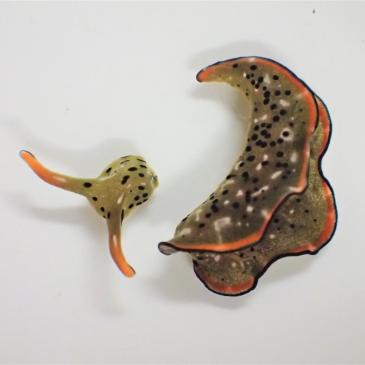Solar-powered sea slugs chop off their heads and grow new bodies
It is one of the “most extreme” examples of animal regeneration ever seen. Two species of sea slugs can pop off their heads and regrow their entire bodies from the noggin down, scientists in Japan recently discovered. This incredible feat of regeneration can be achieved in just a couple of weeks and is absolutely mind-blowing. … More Solar-powered sea slugs chop off their heads and grow new bodies









